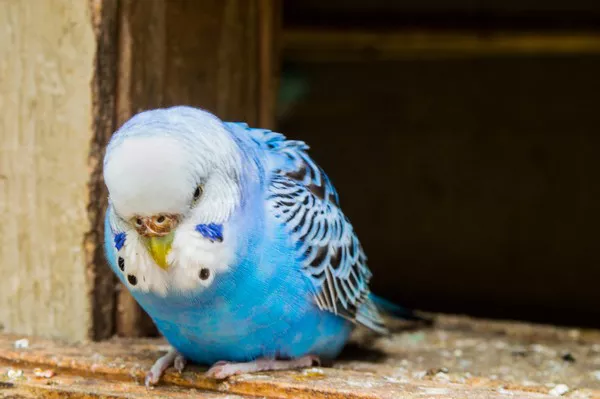Ragdoll cats, known for their striking blue eyes, often capture the hearts of cat enthusiasts worldwide. However, there are instances when Ragdoll cat owners notice an intriguing phenomenon – their cat’s eyes turning red. While this occurrence may seem unusual, it is not uncommon in cats, including Ragdolls. In this article, we will explore the reasons behind this intriguing phenomenon and help you understand when and why Ragdoll cats’ eyes may appear red.
Normal Eye Color in Ragdoll Cats
Before delving into the reasons behind red eyes in Ragdoll cats, it’s essential to understand their normal eye colors. Ragdolls are renowned for their mesmerizing blue eyes, which are typically intense, deep blue, and are a defining characteristic of the breed. These striking blue eyes often add to the breed’s charm and allure.
Reasons for Red Eyes in Ragdoll Cats
Photoreceptor Layer: The most common reason for Ragdoll cats’ eyes to appear red in certain lighting conditions is due to the reflection of light from the back of their eyes. This is a phenomenon that occurs in many animals, including humans, and is known as the “red-eye effect.” In Ragdolls, the red-eye effect is particularly noticeable because of their large, round pupils.
Tapetum Lucidum: Another factor that contributes to the red-eye effect in Ragdoll cats is the presence of a specialized layer in their eyes called the tapetum lucidum. This layer, which is also found in many other animals, including dogs and some nocturnal species, acts as a reflective surface. It enhances their night vision by reflecting light back through the retina. When light enters the eye and bounces off the tapetum lucidum, it can result in the appearance of red or green eyes in photographs or certain lighting conditions.
Illumination and Angle: The angle and intensity of the light source play a significant role in whether a Ragdoll cat’s eyes will appear red. In bright, direct light or when photographed with a flash, the chances of red-eye effect are higher. This effect is less likely to occur in natural or diffuse lighting.
Health Concerns: While the red-eye effect is usually harmless, it’s essential to be vigilant about changes in your cat’s eye color. In some cases, red eyes can be a sign of an underlying health issue, such as inflammation, infection, or ocular disease. If you notice persistent redness, discharge, or any other abnormal eye changes, it’s crucial to consult with a veterinarian for a thorough examination.
Preventing the Red-Eye Effect
If you find the red-eye effect in your Ragdoll cat’s photos bothersome and wish to prevent it, you can try the following techniques:
Avoid Using Flash: When taking photos of your Ragdoll cat, opt for natural or ambient lighting whenever possible. Using the camera flash can increase the likelihood of the red-eye effect.
Change Angles: Experiment with different angles and positions to reduce the direct reflection of light from the tapetum lucidum.
Post-Processing: If red eyes appear in photos, you can often correct them during the editing process using photo editing software. Most editing programs offer a red-eye removal tool that can easily eliminate the red-eye effect.
Conclusion
The red-eye effect in Ragdoll cats is a natural phenomenon that results from the interaction of light with their eyes’ unique structure, particularly the tapetum lucidum. It is not a cause for concern and is harmless in most cases. However, it is essential to differentiate between the red-eye effect and any abnormal changes in eye color that could signal an underlying health issue.
Ragdoll cats, with their striking blue eyes, are undeniably captivating. The occasional appearance of red eyes can add an intriguing dimension to their beauty, but it’s always advisable to prioritize their well-being and monitor their eye health. When in doubt, consult with a veterinarian to ensure your beloved Ragdoll cat’s eyes remain healthy and radiant.
Recommended reading:

























